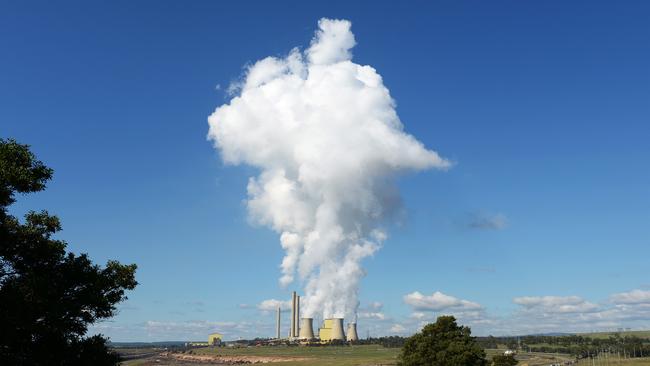
The Prime Minister is now talking about an “economic prize” for Australia as part of the ultimate, inevitable transition from a fossil fuel economy to a high-tech zero carbon economy.
There is also a simultaneous offer of trying to cut entrenched and growing carbon emissions in developing economies as part of a global solution.
Morrison is offering hope for investment, trade and jobs growth not through a retraining of threatened workers or government subsidy or an amorphous promise of “new age” industries but by tapping into the potential growth in Asia’s lesser economies.
At the same time, his “plan” aims to cut carbon emissions in developing economies that produce more greenhouse gases than Australia and fulfils Joe Biden’s wish to look for global answers to a global problem.
Australia, as Morrison said repeatedly in Washington and New York last week to the UN and in the Quad meeting at the White House, will “meet and beat” its 2030 carbon reduction target on the current trajectory and using existing means.
What he is now doing is looking beyond 2030 towards 2050 and cutting of carbon emissions with new energy technologies where they are most needed in developing countries.
Apart from the environmental advantage, there is a twofold economic incentive for Australia - we sell the technology to Indonesia, Vietnam, The Philippines and Malaysia then become enmeshed in the economic growth in the region.
Instead of being seen as a threat to Australia’s resource and mining industries, the supply of critical minerals for new technologies and new resources, such as hydrogen, offers a future.
The plan is also addressing the concerns of people in the regions, mining and agriculture threatened by carbon bans and transition to a new energy economy with the promise of exports and reassurances we will still be “digging things out of the ground”, “making things” and “growing food for the world”.
It is clear Morrison is working on something he sees as an answer to the political impasse of the past two decades that delivers on his pledge to use technology not taxes to cut carbon emissions and moves to allay the fears of vulnerable workers and their representatives. It is also clear Morrison was not seen as a “pariah” in Washington over climate change, worked well with the US President and offered practical solutions at the first Quad leaders’ face-to-face meeting.
In those circumstances, a commitment to a formal target of net zero carbon emissions by 2050 is almost immaterial.




After years of fear, negativity and political divisions that have derailed Australia’s path towards reducing carbon emissions, Scott Morrison is trying to offer some economic incentive instead of a diet of doom.